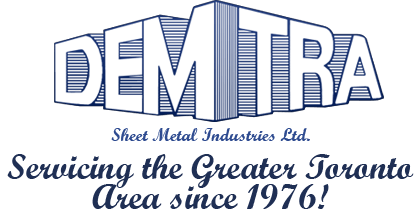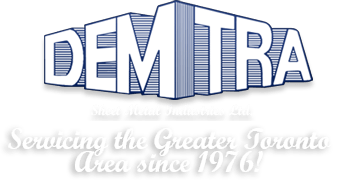An Insight into the Welding and Fabrication Processes
Manufacturing processes such as welding and fabrication in Toronto are widely used for many industries that range from the production of complex to simple structures, from transport vehicles to bridges, large structural frames or domestic tools. These processes largely affect the cost of manufacturing and the quality of the product. It is therefore crucial to control the processes in all aspects of the operation to consistently confirm quality. For products to have minimal problems, it is crucial to have controls in place from the design phase to material selection until the final manufacturing process. For example, a poor design can create serious and costly problems, while errors in material selection may result in problems like cracking on the welded joints.
The different processes involved in the welding and fabrication of metal
Welding and fabrication Toronto shops typically bid for contracts that involve large scale constructions and, when awarded with the contract, they will build the metal products that will be used for structures. Large fabrication shops usually employ different processes in the welding and fabrication of materials, as determined by the engineering designs that usually comprise of loose parts and structural frames for buildings and heavy equipment. The raw materials or metal are cut into sizes based on specifications of the project. The most common process of cutting is through shearing with the use of special band saw designed for even cutting. Torching using handheld torches such as oxy-fuel torches or plasma torches is used when cutting large sections to reduce efforts and time involved. Welding processes include a variety of arc welding techniques, spot welding, forge welding, and many others. Each of these processes depends on the material and the desired shape of the structure.





